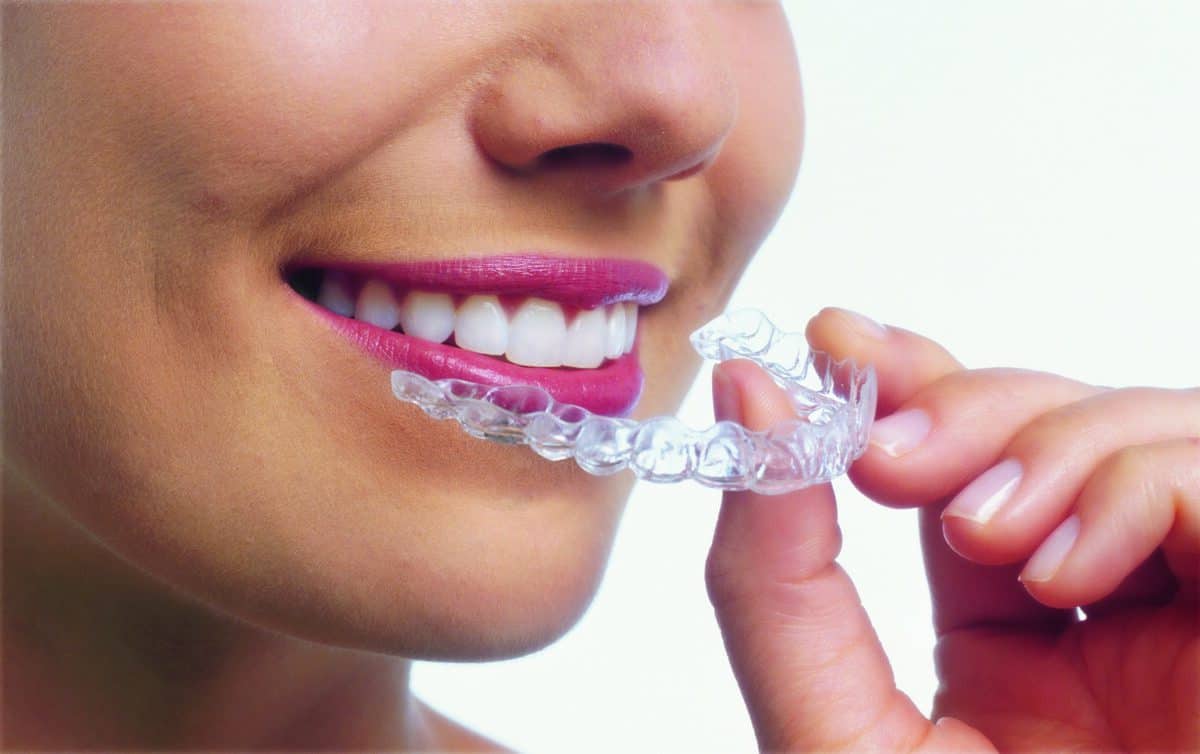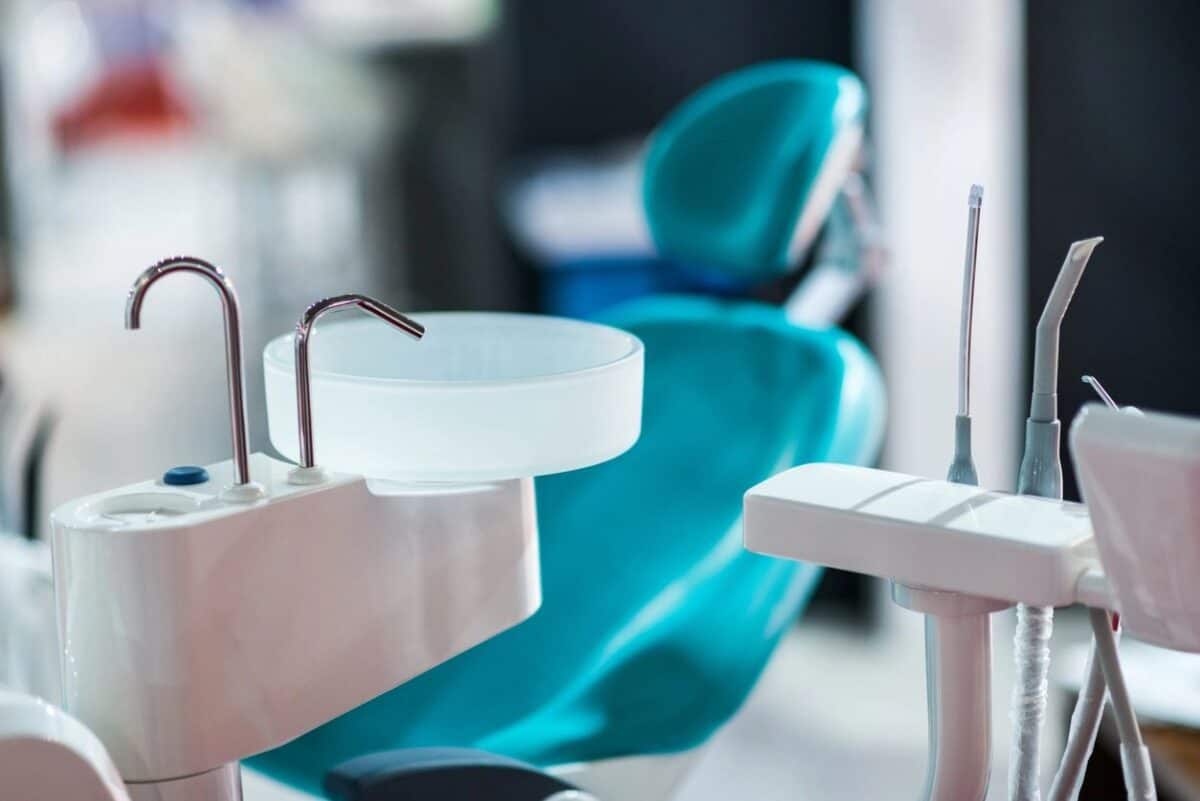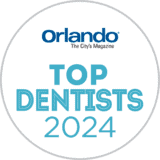TMJ disorders can be difficult to diagnose and treat. To make it even more difficult the symptoms can fluctuate depending on levels of stress. If left untreated the over use of the jaw can lead to severe headaches, worn down teeth, fractured teeth, jaw pain and even lockjaw. Although some patients may find relief with treatment for TMD pain with common devices like an occlusal guard, there are other procedures for those that don’t.
What is TMJ?
TMJ is short for the temporomandibular joint. This joint acts like a hinge, connecting your jawbone to your skull. The TMJ and your muscles work together to open and close the mouth. TMD is short for temporomandibular joint disorders. This term is used when there is dysfunction in the joint and often stress is a major factor in this disorder.
What are signs of TMD?
- Jaw or muscle pain
- Popping or clicking of the jaw while opening/closing
- Headaches
- Limited opening of the mouth
- Lockjaw
- Earaches/ringing in the airs
- Neck and shoulder pain
The first line in treating TMD pain is typically with an oral appliance like an occlusal guard or splint that prevents wear on your teeth and forces your jaw into a relaxed position. Sometimes though this may not be enough to lessen the symptoms, especially if you cannot control your clenching during the day. This is when a neurotoxin such as Botox® and Xeomin® may provide some relief.
What are the common side effects?
Common side effects are usually at the injection site and typically go away within a week. These side effects can include:
- pain
- bruising
- headache
- redness
- swelling
- muscle weakness
More severe side effects are rare but can include:
- flu like symptoms
- an uneven smile or frozen smile
- temporary eyelid droop
- nausea
- respiratory infection
Normal functions such as drinking, biting, eating, swallowing are left unaffected.
Dr. Dhaliwal is certified in the treatment of Botox/Xeomin® for TMD. To see if this is a treatment that may help you give call for a consultation.
Sources
Pihut, M., Ferendiuk, E., Szewczyk, M. et al. “The efficiency of botulinum toxin type A for the treatment of masseter muscle pain in patients with temporomandibular joint dysfunction and tension-type headache”. J Headache Pain 17, 29 (2016). https://doi.org/10.1186/s10194-016-0621-1
Siphai Calis, A., Colakoglu, Z., Gunbay, S. “The use of botulinum toxin-a in the treatment of muscular temporomandibular joint disorders”. Journal of Stomatology, Oral and Maxiofacial Surgery, 120, 4 (2019). https://doi.org/10.1016/j.jormas.2019.02.015






